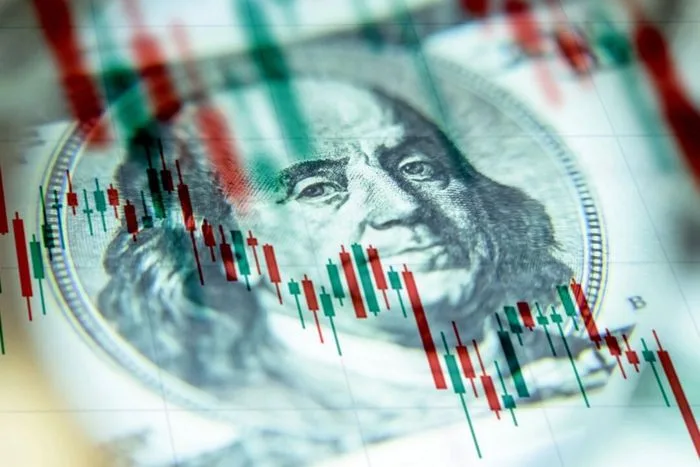By Andrew Moran
The services sector stagnated in September amid a slowdown in business activity and new orders, according to the Institute for Supply Management (ISM).
The ISM Services Purchasing Manager Index (PMI)—a monthly survey of the industry’s prevailing economic direction—weakened to a lower-than-expected 50 last month from 52 in August.
A reading above 50 indicates expansion, while anything below 50 points to contraction.
“September’s Services PMI level returned to numbers very similar to May and July, with weakness in business activity and continued weakness in employment,” Steve Miller, chair of the ISM’s services business committee, said in the report.
Business activity was unchanged, new orders slowed, and inventories contracted. Additionally, 10 industries reported growth last month, while seven registered a contraction.
On the labor front, employment continued to decline as companies reported delaying hiring efforts and challenges in finding qualified workers.
Price pressures intensified to the second-highest level since October 2022, with businesses citing tariffs as a factor.
“We are beginning to see the impact of the tariffs impact our business,” an executive in accommodation and food services said in the survey.
“Our year-over-year cost increases are getting progressively greater.”
The respondent indicated tariff-related effects were seen in coffee from South America, apparel and electronics from Asia, and food products from China, India, and Southeast Asia.
Looking ahead, a respondent in the wholesale trade said business conditions are softening, “even in markets that have historically been more resilient.”
“Demand is simply weak,” they added.
The ISM’s surveys of purchasing managers can reflect current conditions, from demand to employment, in an industry that accounts for about two-thirds of economic growth.
Conversely, the ISM’s Manufacturing PMI suggested the sector improved last month, rising from 48.7 in August to 49.1 in September. Despite the seventh consecutive month of contraction, the manufacturing sector registered a rebound in production and easing cost pressures.
Growth Prospects in Focus
Despite mixed signals in various pockets of the marketplace, economic growth remains solid.
The Atlanta Federal Reserve’s GDPNow Model—a running estimate of growth—indicates that the economy expanded by 3.8 percent in the third quarter, mirroring the second-quarter GDP growth rate.
While financial markets have largely shrugged off the federal government shutdown, now in its third day, market watchers are attempting to determine how much it could impact the broader economy.
“Government shutdowns generally have only a marginal effect on the broader economy,” S&P Global Ratings economists said in an Oct. 1 report.
“But secondary effects can add up over time: While federal workers eventually receive back pay for the shutdown period, their discretionary spending decreases in the meantime, and related GDP losses can be only partially recouped.”
They say, however, that an extended shutdown could delay releases of key government economic data, impacting the Federal Reserve’s policy decisions.
The Bureau of Labor Statistics did not publish the widely watched September jobs report, and the Department of Labor did not release weekly jobless claims. Additional vital numbers, such as inflation and trade, could also be postponed.
Fed officials have stated that the government shutdown could prompt monetary policymakers to take action based on the existing data.
“It pains me that we wouldn’t be getting official statistics at exactly a moment when we’re trying to figure out is the economy in transition,” Chicago Fed President Austan Goolsbee told Fox Business on Sept. 30.
The rate-setting Federal Open Market Committee (FOMC) will hold its next two-day policy meeting on Oct. 28 and 29. Investors anticipate the Fed will lower the federal funds rate—a key rate that influences borrowing costs for consumers and households—by a quarter point for the second straight meeting.
In the meantime, experts have been examining alternative data sources to assess the health of the labor market and the overall economy.
John Leer, chief economist at Morning Consult, said the U.S. Unemployment Index inched up for the week of Sept. 27.
“While the level remains low by historical standards (below the 100.0 “neutral” threshold), it persistently rose during the month, signaling that the labor market was weaker at the end of September than it was at the beginning of the month,” Leer said in a note emailed to The Epoch Times.
The Truflation U.S. Inflation Index, meanwhile, suggests inflation has risen in the past month, climbing to an annual rate of 2.25 percent.





